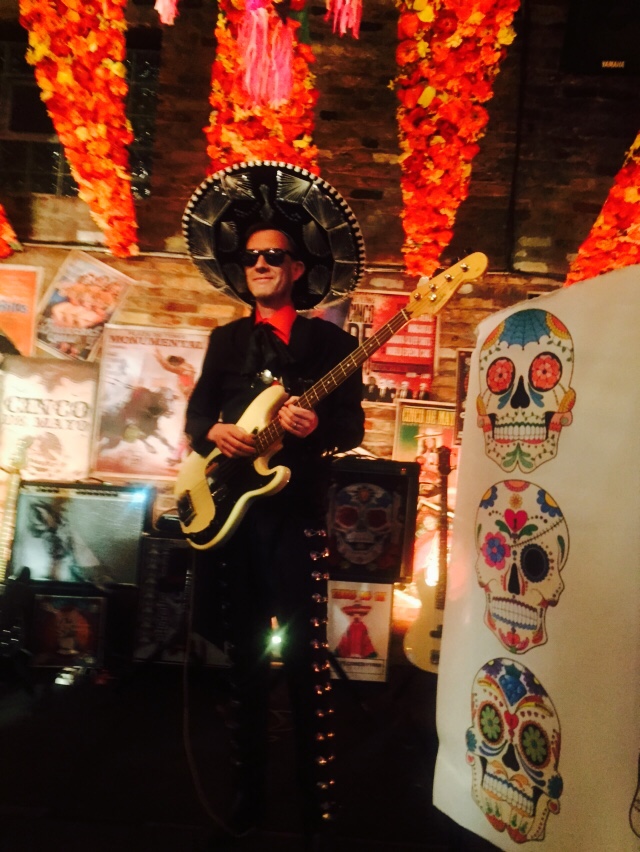In the middle of July the Alumni Association at the Illinois Institute of Technology (IIT) held their fifth annual Help Build a Lego City event. I took my two older children, four and five-years-old, but the event was attended by people of all ages. Some were there because playing with Legos is fun. Others, who had obviously graduated from “playing” with Legos to “working” with them, were creating projects of such gravitas that light was having trouble escaping. My little troupe was solidly in the fun camp.
In the middle of the floor lay a giant canvas map that had the basic outline of a city: a street grid, a couple rivers, and some undeveloped land along the coast. As the participants completed their structures, they placed them on the map. I looked over occasionally to see the progress; it was surprisingly entertaining to watch our new city sprout and grow.
IIT provided boxes and boxes of Legos. All sizes and colors were mixed together, but basic rectangles were the only shapes available; there would be no curved shortcuts. We scooped up our hodge-podge of pieces and headed for an empty construction site.
My children did not have the best mentor in the room. When I look at a Lego piece I see nothing but a block with all right angles. If I put a bunch of them together, I get a bigger block with all right angles. This limits my architectural options to mostly 1970’s Soviet Union-inspired designs.
I asked my kids what they wanted to construct. They quickly agreed on an airport. So I helped them piece together a terminal, a runway, and two planes. A vivid imagination was necessary to see those things in our final product. However, by our own standards, it was successful. My kids enjoyed pretending the planes were taking off and landing on our runway. Their creativity may have been dormant during the construction period, but it kicked in during this play stage as they made the planes go through security in the terminal.
The real entertainment of the day started when we toured the almost finished city. Many of the builders present, both children and adults, were putting up amazing structures that did not require an active imagination to understand. Using some kind of witchcraft, they had created curves using only rectangular blocks. The buildings had spiral staircases and elaborate arches. Flags flew overhead (the Stars and Stripes is probably on the easy side, but how did that person create a Canadian Maple Leaf out of blocks?). The soaring spires of the city’s university stood in gothic contrast to the gentle ellipse of the coliseum. Cargo ships were waiting to dock in a new port. Several suspension bridges now crossed the two rivers. Even if for only a fleeting moment, there was finally one city in Illinois not in dire need of infrastructure improvements.
As we prepared to leave the event and walk back out into the pouring rain, I was comforted knowing that the next generation is armed with the creativity and industry that will keep Chicago moving forward. I was also comforted to see that, in a building designed by famed architect Mies van der Rohe, at a school known for the quality of its engineering program, they had to put out garbage cans in the middle of the floor to catch the water from a leaky roof, just like we do at home. With the glow of schadenfreude keeping me warm and dry, I led my kids out into the downpour.
